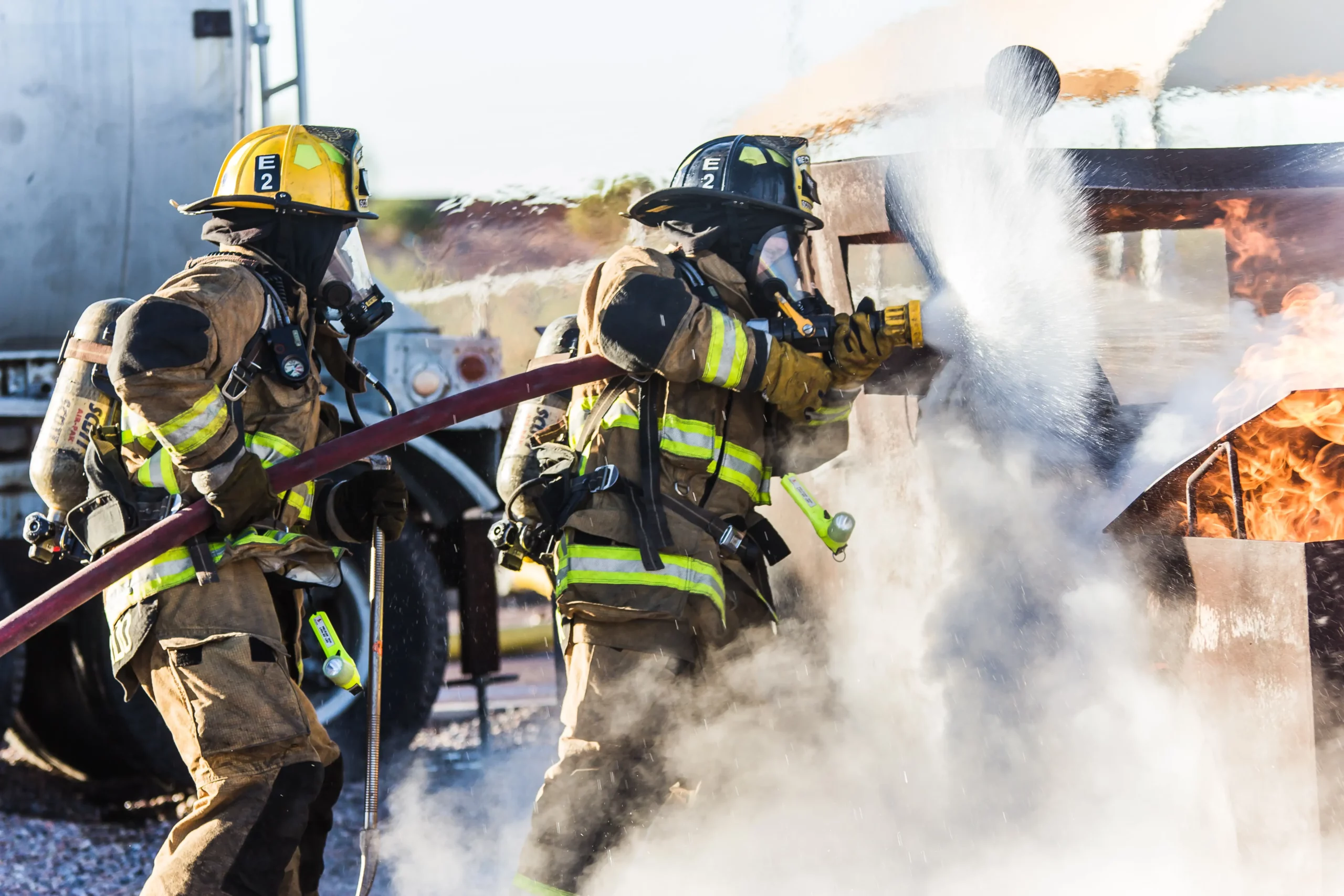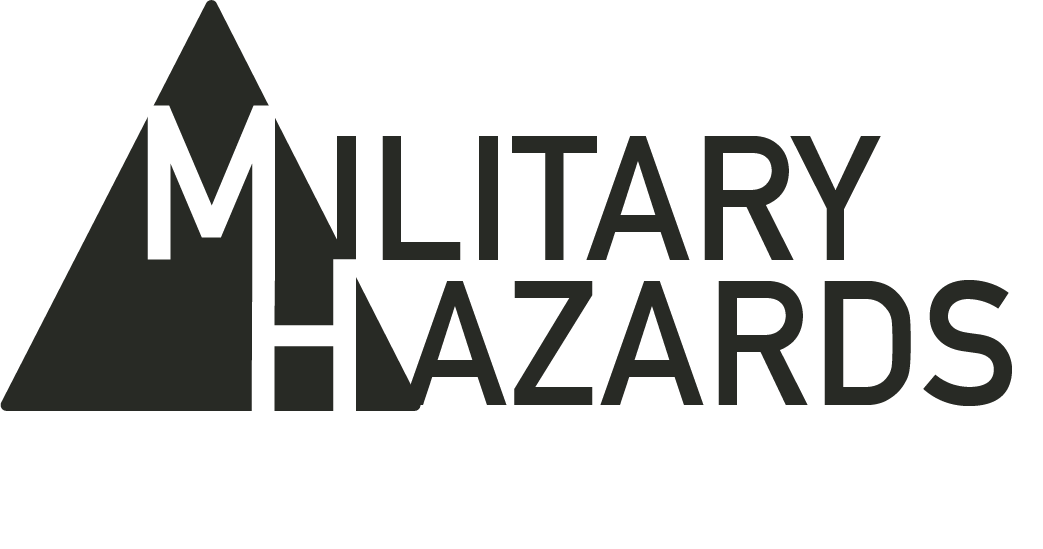Contact Our Legal Partner
"*" indicates required fields

Many people are under the assumption that the risks posed to firefighters are strictly related to fires themselves. However, these risks only account for a mere portion of the occupational hazards that firefighters face while working hard to protect their communities and its members. So, although firefighters are exposed to many hazards associated with fires themselves, the material they use to extinguish fires is just as hazardous. Specifically, this article focuses on the health risks attributed to the use of Aqueous Film Forming Foam (or, AFFF for short). Recently, AFFF has received major scrutiny for its harmful effects to the environment and human health. While AFFF is certainly an effective suppressant for fires involving flammable liquids, such as gasoline or jet fuel there is a cost to pay for its effectiveness.
Occupational hazards of AFFF exposure:
To begin, AFFF contains both perfluoroalkyl and polyfluoroalkyl substances (otherwise known as PFAS), which are a group of engineered chemicals that have been linked to an array of health problems. PFAS are dangerious chemicals because they persist within the environment and are resistant to degradation once they have been released. Put another way, PFAS do not break down easily and accumulate within the environment and the body over time. It is also worth pointing out that PFAS have been found to be carcinogenic, immunotoxic, and endocrine-disrupting.
Inhalation
Firefighters can be exposed to AFFF through inhalation, skin contact, and ingestion. Until recently, and before AFFF chemicals had contaminated large sources of drinking water, inhalation was thought to be the most common mode of exposure, as AFFF produces aerosols and vapors that can be inhaled during firefighting operations.
Direct contact
Another common mode of exposure is through direct skin contact with AFFF, or through contact with contaminated equipment, surfaces, and water.
Ingestion
Importantly, exposure to AFFF occurs through accidental ingestion. Because AFFF chemicals are resistant to degradation, they have a tendency to persist within the environment in which they are used. For this reason, these chemicals can contaminate sources of drinking water, agricultural products and animals that are later consumed.
Health effects of AFFF exposure:
Exposure to AFFF has been linked through scientific research to a wide range of health effects, including cancer, immunocompromisation, thyroid dysfunction, and developmental disorders. Although the most well-studied health effect of PFAS exposure is cancer, PFAS have also been linked to the following health problems:
- kidney cancer
- testicular cancer
- Impairment of liver function
- Tumor development
- non-Hodgkin’s lymphoma
In addition to cancer, PFAS exposure has been linked to immune system dysfunction. Studies have also shown that exposure to PFAS can reduce the effectiveness of vaccines and increase the risk of infectious diseases. PFAS exposure has also been linked to thyroid dysfunction, which can lead to a range of health problems including weight gain, fatigue, and depression.
Additionally, PFAS exposure has been linked to developmental effects, including reduced birth weight and developmental delays. PFAS exposure during pregnancy has been linked to lower birth weights and a range of developmental delays.

Prevention and mitigation strategies:
Given the serious health effects of exposure to AFFF, it is important to take steps to prevent and mitigate exposure. One strategy is to use alternative firefighting foams that do not contain PFAS. There are several alternative foams at market that are effective at suppressing flammable liquid fires.
Another strategy is to use personal protective equipment (PPE) that is designed to prevent exposure to AFFF. This can include wearing gloves, boots, and respirators that are specifically designed to protect against chemical exposure.
Furthermore, it is just as important to properly handle and dispose of AFFF and any equipment or material that have come into contact with it. This may include using spill containment and cleanup procedures to prevent contamination of soil and water, and disposing of contaminated materials safely and appropriately.
Although AFFF is an effective firefighting foam, it contains PFAS chemicals that can be harmful to human health. For this reason, firefighters are at a high risk of exposure to AFFF through inhalation, skin contact, and unintentional ingestion. Exposure to AFFF has been linked to a range of health effects, including cancer, immune system dysfunction, thyroid dysfunction, and developmental effects. Prevention and mitigation strategies, including the use of alternative foams and personal protective equipment, can help to reduce the risk of exposure to AFFF and protect the health of our firefighters.
